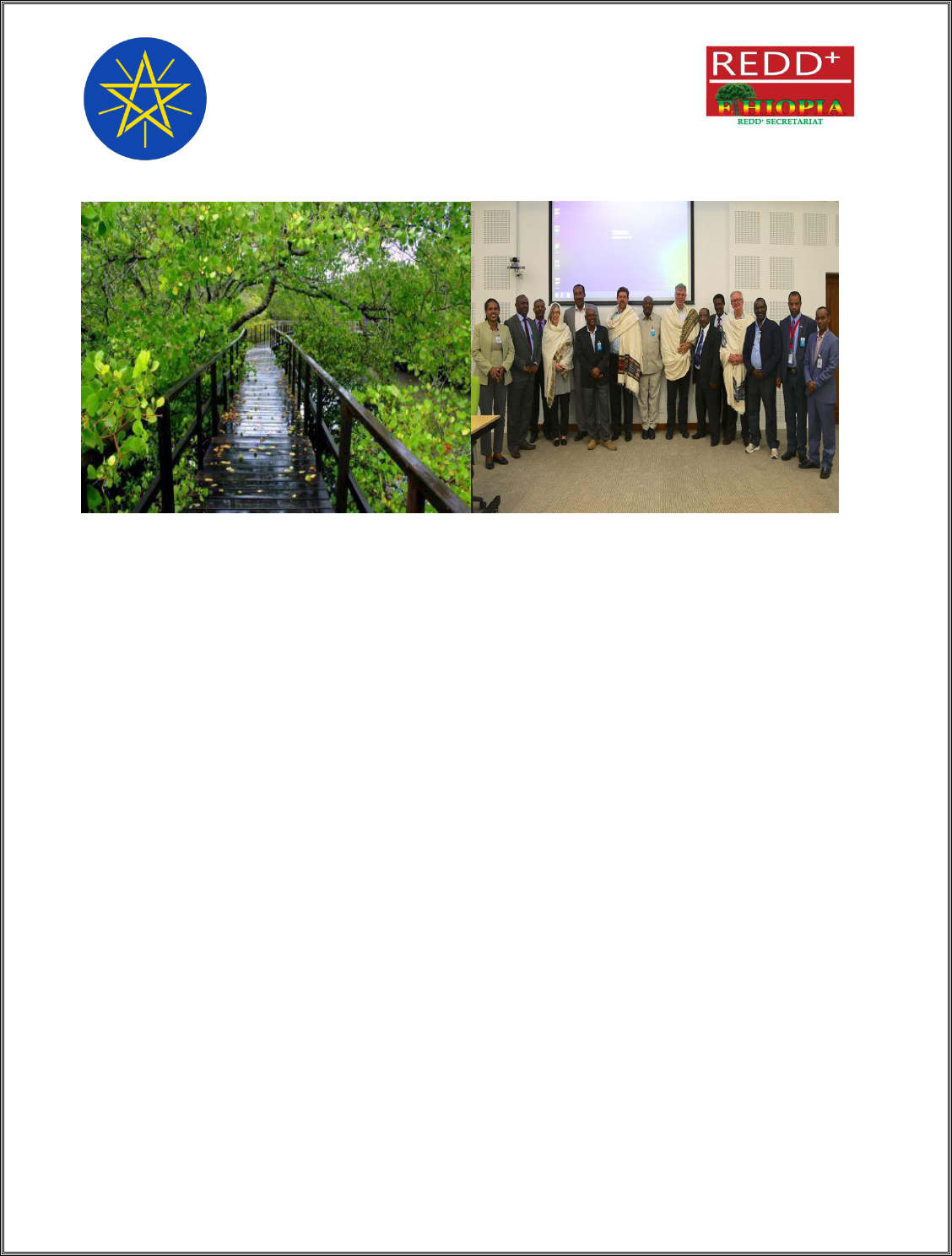
Report on Indonesia Exposure Visit
The Federal Democratic Republic of Ethiopia
Ministry of Environment and Forest (MEF)
National REDD + Secretariat
January,2015
2
Contents
1. Introduction ............................................................................................................................................. 10
2. Major activities ....................................................................................................................................... 11
2.1. Kick off meeting at Grand Sahid Jaya Hotel conference ................................................................. 12
2. 3. Indonesia World Bank country Office ............................................................................................ 17
2.4. REDD+ Agency ............................................................................................................................... 18
Annex I. delegate's list .............................................................................................................................. 36

3
Message
I am sorry H.E Dr. Siti Nurbaya Bakar, our minster is not available. There is restructuring of
new ministry and she is engaged in that task in the office of the president. I and my colleagues
are here to welcome you and share experiences. We are very glad to see you here. I think there
are a lot to be shared between and among our ministries , he said on behalf of Dr .Siti , there by
introducing his staff one by one , and going to state about the purpose , objective and outcomes
of the visit that he dubbed it as a visit to a sisterly country with lots of similarities and
cooperation. According to him it was Indonesia‟s new president Jokowi Widodo who
proposed and announced the merger between environment and forest issues into one ministry
for the sake of reform , strength and modernization.
Our success in managing our forests will determine our future and that of our children. We must
change the way we treat our forests so that they are conserved for posterity as we drive hard to
accelerate our economic growth. The government of Indonesia is doing a lot to reduce
greenhouse gas emissions. We want business men and women particularly in the palm oil,
pulp wood and mining sectors to partner with us and enhance the environment. We want them
to pledge once again in safeguarding our national treasure. I am pleased to be here with you
today because my ministry recognizes the importance of climate change and its impacts. Thus,
we are pleased to cooperate in meeting our internationals climate change commitments.
Advisor of Minster Indonesia Ministry of Environment and Forest

4
Message
From the outset, I would like to thank CIFOR Indonesia for creating such a wonderful
opportunity for my delegates to visit you. It was on October,2014 that Dr. Atmadja and Dr
Manuel visited Ethiopia and they came to MEF and discussed with them on this exposure visit.
They were willing to facilitate the visit in Indonesia since the country is an advancing country in
tropical forest research and REDD+ planning and implementation. We accepted their advice and
they organized this wonderful visit for us. As you know Ethiopia is Africa‟s oldest independent
nation, located in tropical eastern horn of Africa. It is the second populous nation in the
continent, next to Nigeria. We have about 90 million people with an area of 1.1 million sq. km.
we are not big and large as Indonesia. Ethiopia is ethnically and ecologically diverse.
Because of our, geographical position, rain fall pattern and soil variability, we have immense and
huge ecological diversity variability. Our vegetation ranges from temperate type afro alpine to
tropical desert vegetation. Once upon a time large part of the country was covered forest
currently, our forest have shirked because our economy depends heavily on agriculture. Indeed,
our economy is growing very fast. It is one of the fast growing non-oil economy in Africa. For
the last ten years our economy has been growing by double digit, 10-11 percent. The government
is committed to transform the economy to low carbon and sustainable model. To realize this
government established the CRGE strategy. In this strategy forestry is one of the pillar and one
of the focuses and REDD+ is taken as one of the mechanism to reduce emissions from
deforestation and forest degradation. We came here to take your experiences. Ethiopia targeted
50 million hectare areas of restoration for the coming 10 years, and 70 million for afforestation.
This is a very big target that requires skills, huge capital, proper sector strategy including
REDD+ strategy, MRV and safeguards. We are aware of that Indonesia has gone far in these
issues. Since we came here we have tried to get many institutions and we have benefited a lot
really. This will be customized to our local situation because the situation and challenges here
and there are very different. The experiences that we get here need to be customized to our
situation. Our stay here was worthwhile. We thank you a lot for your hospitality.
I would like also to thank CIFOR Ethiopia office particularly Dr. Habetemaiaim for linking us
with CIFOR Indonesia. In fact, Dr Habetemariam is closely working with my ministry and
supporting us in, many case studies, documenting best practices and scaling up, capacity
building, improving our forest law, in research and development. I have utmost respect and
appreciation to him. We want to strengthen our relations further he said.
H.E. Kebede Yimam, Ministry of Environment and Forest.

5
Message
Ladies and gentlemen thank you for visiting our humble office. It is a great pleasure to have an
opportunity to meet with you. I am the minister and head of the REDD+ agency in Indonesia.
My job is coordinating and facilitating as well as collaborating with the different ministries in the
cross sectoral REDD+ process. The president of Indonesia decided that REDD+ in Indonesia
reports directly to him. That is the status until today (27, January, 2015). As you know Indonesia
has come through change of government and this need to be seen in terms of how the new
government sees the agenda. You may have also experienced that whenever you have changes of
government. It is a normal political process. And we are in the middle of that process. We look
into that very optimistically. The new government is very eager in terms of looking the issue of
sustainable growth with equity definitely through three key performance indicators –emission
reduction by 26% from 41 % by 2020, equitable growth for the people. Our economic growth in
the past held by emissions.
REDD+ implications are not only for today extraction of our landscapes has happened for long
time and recovery of that also takes a long time by recovery we are either choosing destruction
or understand conservation or manage utilization or restore the destructed ones these are the
cores of REDD+ in developing countries development must come from center. This is how we
interpret REDD+ philosophically. When the president says I need you to report directly to me
that means he is putting a unique set up in the whole world. I don‟t see in my several meetings in
COP's who is a minister of REDD+ Indonesia put REDD+ front and center because of the
reasons that mentioned. Indonesia like Ethiopia is a land of lots of forests. A lot of land that is
being contested by drivers of deforestation for livelihood, development and economic growth. I
think the same case is happening at home and in your country too. Thus, we need to address the
national, sub national and international aspects. We need to address SIS, safeguards aspects by
putting the people first and solving disturbances if there are any. It is like making a restaurant in
a settlement and saying we are going to have life music and you will be disturbed at night. How
can I compensate use of that? Nothing more. Here we see that the people living in the forest are
your partner and because of that our safe guard considers them as designs. Implementer and
benefit sharing of our project. Here we are talking about inter dependent benefits.
„‟When you touch the reduction of emissions, you may or may not affect the ecosystem services.
When you are taking benefits from emission reduction, you are at the same time scarifying a
social fabric or ecosystem services. From this we understand that REDD+ is not simple, rather

6
complex. In this regard we need to address well regulations, capacities, and accuracy of maps
and data. I think the problem should be fully analyzed so that you make a solution to your own
problem, and not create a defend problem. That is why we are afraid to do our strategy is quite
comprehensive. We need to ensure also that the budgetary system is enough to address these
issues there by calling for paradigm shift. This how we see the REDD+ agenda and any other
country that wants not to repeat the mistakes of the past .in the past development was key and
because of that we destroyed the planet. Development also key now but we should not destroy
the planet and need to address the needs of the people so you need the people, you need the
planet, you need forests. So we are calling in sustainable development with equity and
sustainability of the planet. We are following that and we want to learn from you as much as you
want to learn from us.‟‟
„‟Asia and Africa has always governance problems. The issue of biodiversity is not properly
addressed. I think REDD+ is beyond carbon. We need to address the core of the problem. What
matters to the world may not matter to us and vice versa. Forest days are now changing to
landscape day. Coordination and consolidation needed. We are all in one mountain of
Kilimanjaro. The question is How to climb it. No doubt, the logic behind the agency is
empowerment, coordination, collaboration, planning, monitoring, and Decentralized movement.
We have a more flexible funding mechanism-FREDDI is a tool for reform. Indonesia looks
forward to COP negotiation, campaign. Hope Ethiopia will join us too in this regard .
H.E. Mr Heru Prasetyo (Minster), Indonesia REDD+ Agency

7
Message
I am very much happy to welcome our Ethiopian friends. Welcome to CIFOR, our campus. It
does not always rain .it has been raining for a few days now. We are situated in the tropical rain
forest region .and this s is a nice and green patch. Not far from Jakarta. Sometimes I say that
CIFOR is in Jakarta. I think we have both connections. Jakarta is one of the hubs of the world
these days. I think Addis is also becoming one. Connections to major cities /hubs are really
important. I understand you had a very intensive program already in Jakarta with authorities. We
are happy to facilitate these interaction I think there are a lot that Indonesia and Ethiopia can do
together on climate change, REDD. We will look forward to what your visit leads to. We stand
by to support you. We had a good opportunity to interact with you in Ethiopia as well. Let me
speak something different very briefly .obviously forests and climate change are much
interconnected. We had RED, we had political attention, and we had fiancé and a climate
agreement in making in Paris. When we say forest in CIFOR talked about a very broader subject.
We include livelihood, governance, environmental and productivity aspects, this year is not
only the year of climate agreement in Paris but a year where the UN decides on the post 15
development agenda and sustainable development goals. We take this very seriously because
forest and forestry is relevant to sustainable development .climate change is one of them but
there are sixteen other.
When we talk about forestry, we want to relate it to poverty, food security, water, energy, health.
We think and know that forestry in all its forms contribute to sustainable development very
broadly. that is the basis of our discussions in the wider CIGIAR, dealing with agriculture and
food security and nutrition in a very broad way .we have ILIRI together with many other centers
in Addis Ababa. We have also rice, maize, wheat, food policy, agroforestry, etc. we want to see
sustainable development as focus for our work. How do we define forestry more broadly .how do
we make forestry come back to the main stream politics of many countries. How do we provide
the knowledge and research underpin that .program. So that is the perspective I wanted to give
you very briefly. I wish and hope to see you again. I hope you will have a productive day here
.interact with all our staff here and sister organization ICRAF, the agroforestry center, they have
a regional office in our campus. Interact with them as well. Once again very welcome ‟‟ said Dr
Peter.
Peter Holmgren, CIFOR, Director General of CIFOR International Head Office

8
List of Acronyms & Abbreviations
LULUCF: Land Use, Land Use Change & Forestry
NFI: National Forest Inventory
FREDDI: Fund Reduce Emission from Deforestation & Forest Degradation in Indonesia
CSO's: Civil Society Organizations
NFMS
FORDA:
REDD+: Reducing Emission from Deforestation & forest Degradation
FCPF: forest Carbon Partnership Facility
CRGE: Climate Resilience Green Economy
CIFOR: Center for International Forestry Research
MEF: Ministry of Environment and Forest
MRV: Measurement, Reporting and Verification
REL: Reference Emission Level
RL: Reference Level
RCCC UI: Research Center Climate Change University of Indonesia
GHGE: Green House Gas Emission
IPCC: International Panel for Climate Change

9
Acknowledgement
We express our sincere gratitude and heartfelt thanks to the CIFOR for providing the
participants an opportunity to learn from the REDD+ process of Indonesia and forest sector
governance system of the country. The visit to the different relevant offices involved in REDD+
process and forest sector in Indonesia including the international forest research center was an
inspirational experience. It helped participants gain a „first hand‟ understanding of the REDD+
process and forest sector governance system. We greatly appreciate the time spared by CIFOR
scientists and management body, Ministry of Environment and Forest management and their
staff; REDD+ Agency management and the staff, World Bank Indonesia office staff, Research
institutes( FORDA), Indonesia university staff working on climate change and civil societies
working in different aspect of REDD+ and thank them for their excellent presentation and share
their knowledge.
We also value specifically the contribution of Dr Stibniati Atmadja CIFOR scientist for her
untiring support in arranging the exposure visit, compiling all presentations material, preprinting
Itinerary, logistics and for their active participation. We hope that the learning of this exposure
visit will be replicated / adapted by the decision makers and will reach out further to larger
audiences through those who participated.
Finally, we would also duly acknowledge UNDP country office for their DSA support for the
delegate.

10
1. Introduction
Capacity building through diverse method is among the most important activities of the REDD+
Readiness Process. As part of the efforts to increase awareness of REDD+ and capacity to
develop a national approach in Ethiopia, the National REDD+ secretariat organized this exposure
visit.
Eleven member team drawn from Ministry of environment & Forest, Regional Administrative
and relevant regional offices, and Research institutes (Environment & forest Institutes and
CIFOR ), led by State Minister of Forest Sector of Ministry of Environment and Forest were
visited Indonesia between January 18 to 28,2015 (delegates list are attached in Annex I).
Indonesia is one of the REDD+ advanced country and is chosen for this exposure visit due to
their practical experience on different levels of REDD+ process as well as existing progress in
developing a national REDD+ policy.
The exposure visit had two major objectives to look at the key concerns and practices related to
REDD+ and National level REDD+ architecture as well as to share experience on forest
governance system. The study program was conceived and designed in regard to these two issues
being considered with special significance for Ethiopia and the participants will get practical
lessons and help them to give comprehension guidance on REDD+ process in their respective
regions.

11
2. Major activities
To reiterate the objective in a nutshell, it was aimed at gaining exposure and learning from
stakeholders involved in different aspect of REDD+ process and forest governance systems of
Indonesia.
Therefore, the visit to various organizations, especially the following, has given deep insight and
opportunity to learn and exchange ideas for the participants:
1. Kick off meeting at Grand Sahid Jaya Hotel conference
2. MoEF(Ministry of Environment and Forest)
3. REDD+ Agency
4. World Bank country office
5. Indonesia University and civil societies working on REDD+
6. CIFOR ( Center for International Forestry Research)

12
2.1. Kick off meeting at Grand Sahid Jaya Hotel conference
The first meeting with CIFOR kicked off early in the afternoon on January 19,2015 at the Grand
Sahid Jaya Hotel conference hall. Dr. Habetemariam kassa of CIFOR Ethiopia welcomed again,
and highlighted the purpose, scope and organization of the visit. Vote of thanks and re-
introduction of Ethiopian delegates was carried on by H.E Ato Kebede Yimam.
Dr Stibniati Atmadj first presented schedule of the program and Introduction about Indonesia.
In her brief presentation she gave explanation on Indonesia population size, and distribution,
economic situation, and natural resources of the country.
After a brief presentation about Indonesia the second presenter Dr. Deed Rohadi of CIFOR
scientist concisely presented legal definition of forest which is based on land cover that is forest
land and forest land without forest, the presenter furthermore give explanation on forest
classification system. It is based on function ( i.e. conservation forest, protection forest,
permanent production forest, limited production forest, convertible production forest & non
forest land). Non forest land include small holder forest.
He further gave explanation on forest administration system including management structure of
the ministry of forest , forest policy & practices starting from pre-independence colonial period.
The presenter also noted that the contribution of forest sector for national GDP and considered as
one of the primary contributor of country revenue from export at different decades ( it is about
20 billion USD before 1997 or 10% of the total GDP).
Finally the presenter concluded his presentation by highlighting the major activities executed in
the so called social forestry era of Indonesia. This major activities are community forest,
community plantation forest establishment, village forest, and under land reforestation &
rehabilitation programs( national movement on reforestation & rehabilitation, one man one tree,
one billion tree, village nursery).
Lastly Dr. Daniel Murdiyarso presented on REDD+ and climate change in Indonesia. The
presenter focused on Drivers of deforestation Oil palm expansion as major driver and profitable
business in Indonesia, Definition of deforestation, Steep learning curve IFCA, Development of
national REDD+ strategy, financial instruments, Merger of two ministries, landscape approach,
Indicative moratorium map, Permit issuance, moratorium by the government, Potential REDD +
projects, Setting REL/RL for crediting REDD+, FREDD+- financing instrument ( modalities ,

13
funding guiding principles , go-led design , board of trustee, Cost /benefit sharing, Nesting sub
national projects, National circumstances, and Sub national levels were the topics he talked about
Good MRV practice.
Questions and discussion Issues
Following the presentations the following questions, clarification issues and suggestion were
raised:
What is your strategy to increase the contribution of the forest resource to the national
GDP ?
How deforestation caused by expansion of perennial crop plantation in particularly palm
oil plantation is managed?
Do the MRV system established in Indonesia involved the community?
Rationale behind the pushing for reformation in the ministry, and government support
were raised and deliberated upon.
In Indonesia economic growth and reducing poverty were the major strategy at first and during
that period lot of deforestation activity happened, however thinking strategically and considering
people‟s rights and provision of access reportedly came gradually to the scene.
In those period our forest faced both negative and positive effects. During this period the
country was exporting forest product without adding any value. Value addition of the general
forest product came into the system gradually and made the forest resource contribute more for
the national GDP.

14
2.2. MEF (Ministry of Environment and Forest)
After short speech deliberation by the two ministry consecutive power point Presentations made
by the Indonesia ministry of Environment and Forest colleagues.
Schedule of the presentation is:
Time
Activity
08.30 – 09.00
• Welcoming remark by the Minister of Environment and Forestry of
Republic Indonesia
• Indonesian delegates introduction
09.00 – 09.30
• Speech by the Minister of Environment and Forestry of Ethiopia
• Ethiopian delegates introduction
09.30 – 10.00
Community forest in Indonesia
10.00 – 10.30
Forestry and REDD+
10.30 – 10.45
Policies and products standardization and environmental services
10.45 – 11.00
Indonesia National Forest Monitoring System
11.30
Conclusion and Closing
Presentation 1.
the first presentation was on "community forest development in Indonesia" by director general
of FORDA, professor samiambinone.
The first presentation mainly addressed the different concept of community forest mainly on the
following issues:
In the Ministry Regulation No 9/2013 community forest is defined as establishment of
forest in private land or outside of forest land area with minimum land area of 0,25 ha,
forest vegetation cover or other tree species should be more than 50%.
While the presenter explained main goal and objective of working on establishment of
community forest in the country is to have forest plantation outside forest-land area (or in
community land) as part of land rehabilitation program to improve land productivity in
bareland and critical land within prioritised catchment area.

15
He also explained characteristics of the community forest particularly on size of the
forest, distribution of the forest, management of the forest, potency of the community
forest, policy and regulation related to community forest, Progress and achievement,
Partnership in Community Forest, Potential Role of Community Forest in REDD+
scheme (see power point presentation attached) .
Presentation 2.
The second Presentation was on forest and climate change and REDD+ by Dr. Yetti Rusli,
Senior Adviser to The Minister on Environment & Climate Change, Ministry of Environment
and Forestry. In her presentation Dr Yetti pointed out the following some major issues:
global and national challenges and opportunities of REDD+
35 ongoing REDD+ demonstration activities
Source & management of REDD+ fund
Presentation 3.
The third presentation is on Indonesia national standards ( methodological Support and guidance
For REDD+ and implementation) by Dr. Agus Sarsito, center for standardization and
environment, MEF (see presentation attached).
The presenter concentrated on significance and objective of standardization, Methodological
Support and Guidance of standardization, and justification for different standard formulation.
When he explained significance of standardization he mentioned the following major values:
promoting and enhancing protection for consumers, producers, labors, other
communities for safety, security, and healthy reasons as well as sustainability of
environmental functions,support market development,
Ensure fair market competition and trade and Enhance forest management quality are its
objectives while assurance of quality and safety level to the products and service,
Information of the characteristic of the products,guidance for forest management,
enhancing forest management quality, support commercialisation and market
development, provide a basis for laboratory testing and provide technical support for
scientists and researchers.

16
Dr Agus, further mentioned that Indonesian National standard (SNI) is the only standard
nationally applicable in Indonesia and it is formulated by the Multi-Stakeholders Technical
Committee (producers, consumer, regulator/government, and experts) and approved by
Indonesian National Standardization Agency (BSN). In principle SNI is voluntary, may be
implemented mandatorily if it is related to health, security, safety, and environmental
sustainability by technical regulation.
Methodological support and guidance for REDD+ implementation, and justification of standard
formulation were also dealt with by him who believed that National standards play important
roles for improving forest product quality and forest management to achieve forest sustainability.
For him national standards provide methodological guidances for performance measurement of
REDD+implementation.
Presentation 4.
Mr. Ruandha Agung sugardiman, director general of forestry planning, directorate of forest
resources, inventory and monitoring Presented on 'Indonesia‟s national forest monitoring
system' ( see presentation attached).
Mr Ruandha explained feature on the following issues:
principles of national forest Monitoring System strategy,
methodological guidance for REDD+ and emission estimation ,
NFMS web site,
land cover mapping ,
NFI cluster plot distribution,
forest carbon , deforestation rate .
Questions and discussions:
Questions and discussions was conducted relating to REDD+ in agricultural landscape,
organizational structure ,Research and development , forests, management of trees on micro
size, Deforestation, Illegal logging, and control mechanism, Challenges and compromises, to
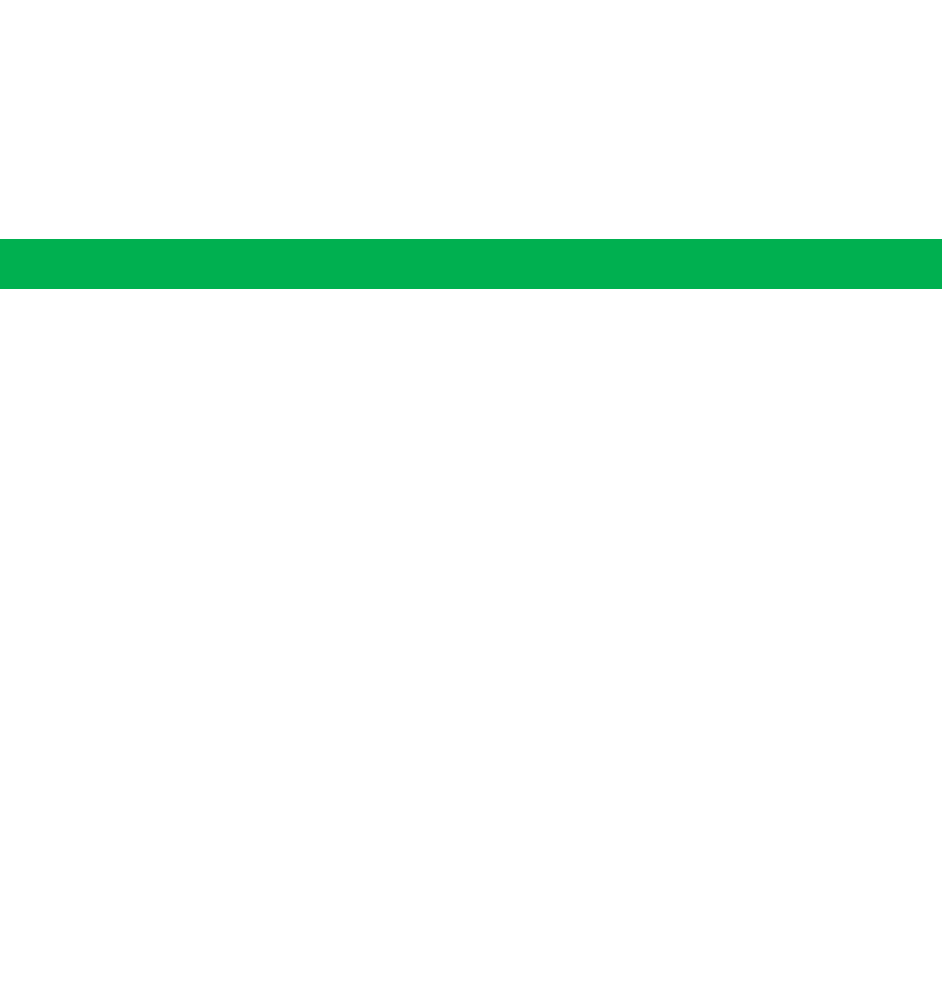
17
working with community forests, Forest definition, Challenges encountered extension activities,
forest classification.
One of the presenters explained for the delegate that REDD+ can be implemented in
agricultural landscape. Compliance of forest enterprises to the REDD+ strategy said challenging
too because they are competing sectors.
2. 3. Indonesia World Bank country Office
Mr. Werner Kornexl Environment and natural resources management coordinator at Indonesia
world bank received the delegates. When Mr Warner introduced his staff H.E Ato Kebede
Yimam delegates leader also introduced the delegates.
Following introduction presentation was made on "Indonesia: REDD and Integrated
Landscape Approach for Sustainable and Inclusive Growth " by staff of Indonesia world
bank office.
Presenter give details on REDD+ emission reduction targets, REDD+ implementation current
snapshots, key drivers of deforestation, palm oil replacements, lack of coherent government
frame work and corruption, REDD+ in Indonesia, FREDDI,REDD+ support facility, project
approval mechanism ,2014 imperative actions ,proposed funding windows, bank‟s activities ,
forest management units, undisturbed forests and pit lands area, elements of the landscape
approach, forest asset management priorities, and additional elements of the landscape approach
and possible world bank support for landscape were raised by the bank( see presentation
attached).
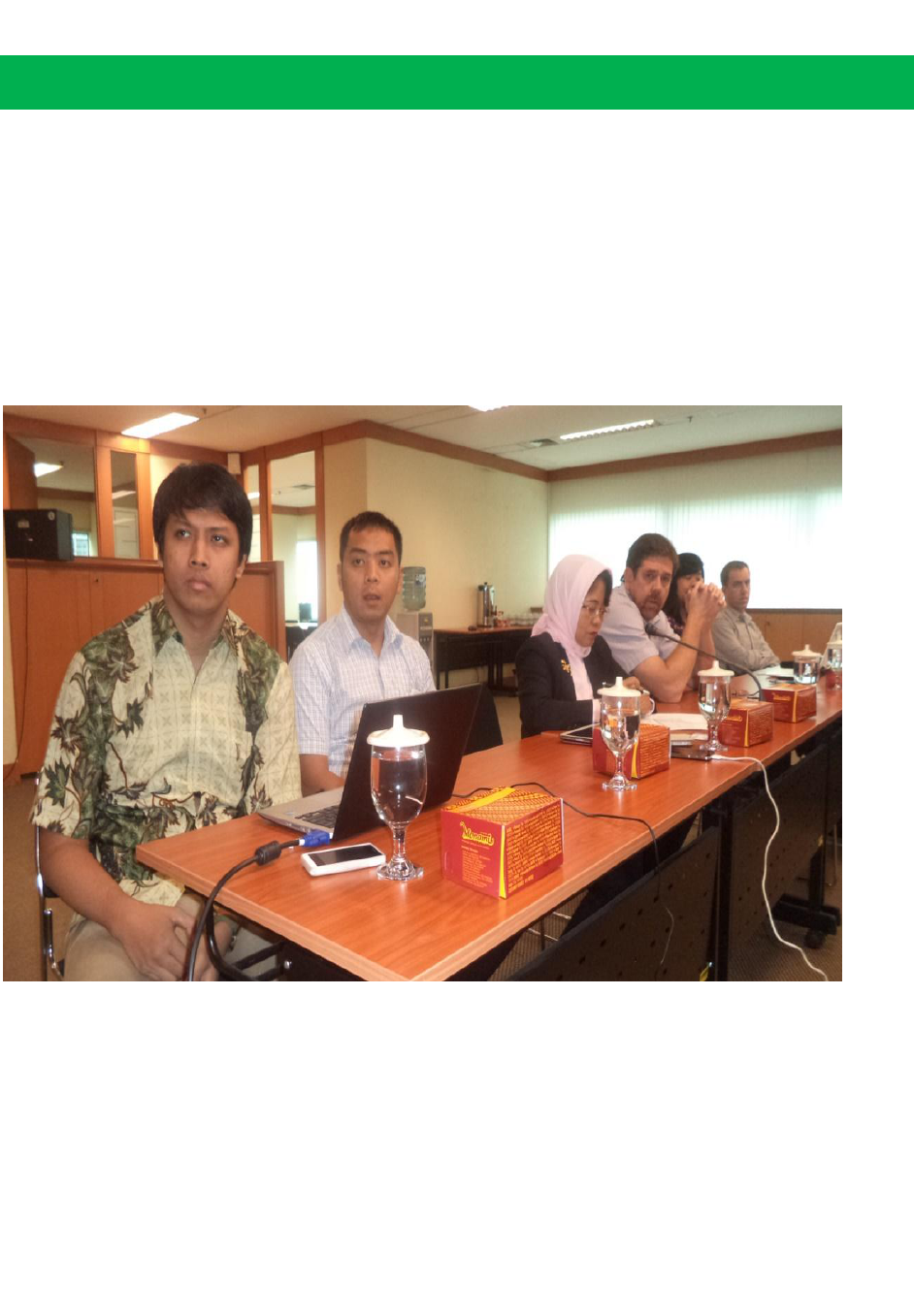
18
2.4. REDD+ Agency
REDD+ Agency is a ministry-level institute established on September 07, 2013 REDD+.
upon arrival at the agency‟s headquarters, delegates were received and welcomed by staff of the
agency.
During the visit of REDD+ agency three papers were presented by the REDD+ agency staffs and
also national REDD+ coordinator of Ethiopia presented Ethiopia REDD+ overview.
Picture 1. Workshop at REDD+ Agency
Presentation 1.
Dr. Yitebitu Moges , national REDD+ coordinator, presented general overview of Ethiopia
REDD+ focusing on national climate policy context ,CRGE,REDD+ Readiness, and
jurisdictional REDD+(Oromia) status.
Presentation 2.
In the second presentation staff of Indonesia REDD+ agency presented history and development
of REDD+ in Indonesia. The presenter pin pointed evolution of REDD+ components of REDD+

19
strategy, REDD+ agency structure and its mandate, Necessary steps need to be taken to prepare
REDD+ implementation on provincial level, and imperatives executed in 2014.
Presentation 3.
Third presentation focused on area covered on FREL development, estimation of deforestation
and degradation history, emissions from deforestation and degradation ,constructed national
REL, reference emission and MRV design.
Presentation 4.
In this presentation session Fire and safeguards information system development process was
presented. Stakeholder process in SIS-REDD+ development in Indonesia elaborated, Integration
of Data and Information Dissemination was also presented. Concerning forest fire the presenter
showed us how to check and monitor forest fire using satellite images.
Presentation 5.
FREDDI: a “fund of funds.” was the last presentation in REDD+ agency. The Trust Fund for
REDD+ in Indonesia, FREDDI, is a fund of funds. It is a fund that invests in other funds. It is
explained in the presentation that the fund is designed based on Presidential Regulation No.
80/2011 on Trust Fund as a public trust fund. The funds underneath FREDDI, the subsidiary
funds, can be special-purpose vehicle companies, fund managers, or collective investment
agreements. These subsidiary funds can form joint ventures with other funds or other companies,
among others, to use it as disbursement vehicles and as leverage to mobilize other funds. Its
structure modality and funding window were also presented.
Questions and discussions:
Questions and discussion were made on Ethiopia‟s ability to integrate REDD+ into the green
economy up to the field level, Agricultural issues and mandate of the ministry, firefighting,
information, communication organization, staffing, hope and challenges, communication and
coordination were thrown and dealt with .
2. 3. Visit to Muara Angke Wildlife Reserve Center
Field visit was made to privately owned reserve center to see particularly mangrove forests and
riverside management system. River side is protected with mangrove forest. Dr. Louis and
Manuel CIFOR Scientists accompanied us to help and explain about mangroves and et land
management system and their potential for carbon sequestration. Mr Bambam Sisiso manager of
the park guided us in the park and responded many of our questions.
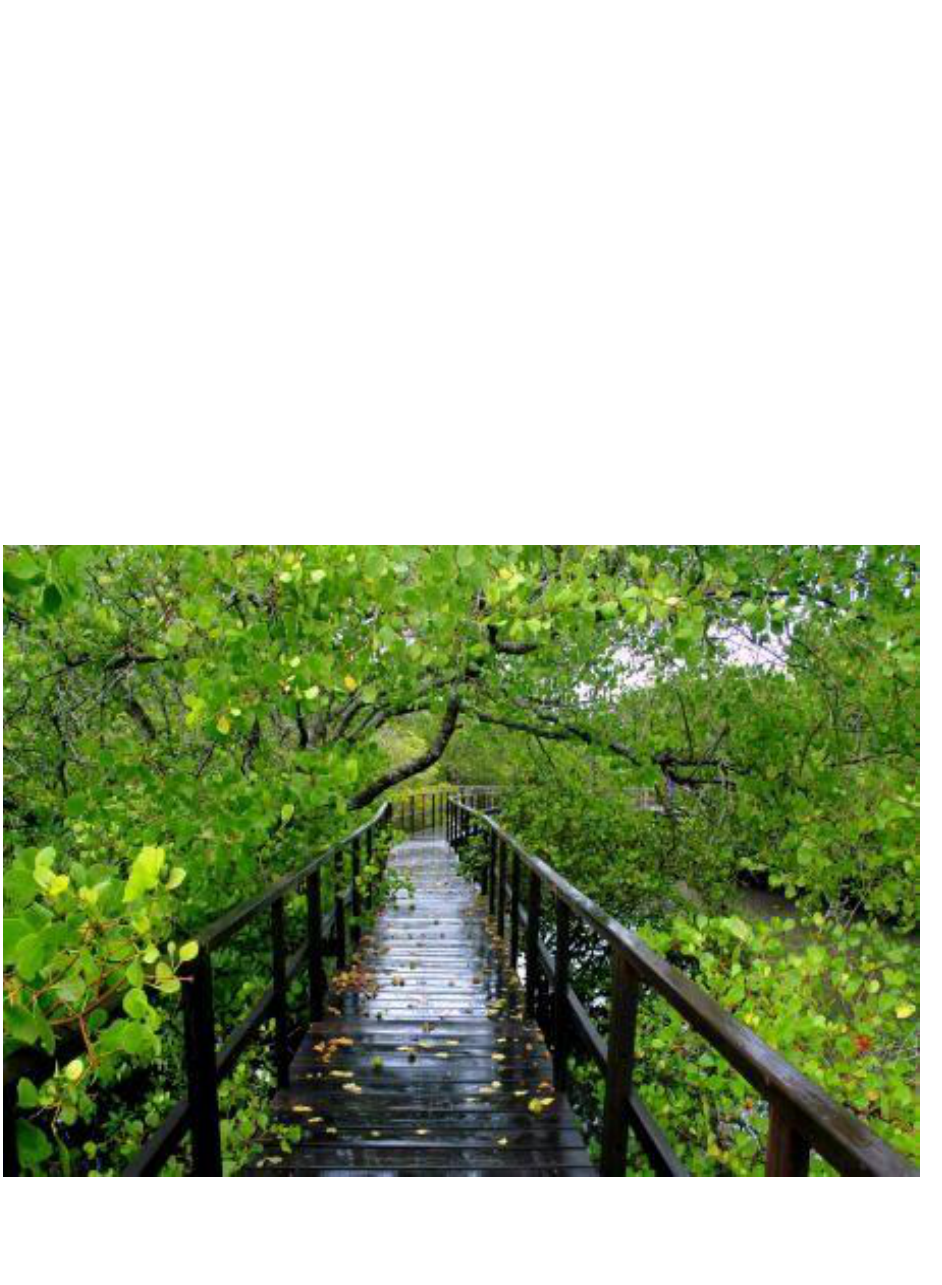
20
Muara reserve center is located in western most Sub district of North Jakarta. It contains the
remnants of the original mangrove forest of Jakarta. Muara Angke Wildlife Sanctuary was
protected since the governance of the Dutch Indies on June 17, 1939, covering an area of 15.04
ha. During the 1960s, the conservation area was expanded to 1,344.62 ha. Later, because of
human pressure and environmental destruction within and around the national park, some of the
mangrove forest areas were destroyed.
On February 28, 1988, the area was declared a Nature Reserve (25.4 ha).On November 1998, the
status of this area changed to Wildlife Sanctuary or Suaka Margasatwa (25.02 ha).
Muara Angke Wildlife Sanctuary is listed as one of the important bird sanctuary in Java,
protecting bird species such as milky stork and the endemic sundacoucal.
Muara Angke Wildlife Sanctuary is currently facing issues such as mangrove cutting, water
pollution (especially in Angke River), and settlements development at the edge of the area.
Picture 2. Riverine Mangrove forest
discussions

21
Ecosystem service of Mangroves species were discussed particularly on role for emission
Reduction ,Neutralization of pollutants, Pulp , paper , medicine, food , forage, Fish ponds
deforestation, afforestation, fauna and flora, recreation activities, concessions, expectations on
tropical forests, many maps but not corresponding, sinking, Licensing, and tourism. Further
more private sector involvement and government support in the sector was discussed.

22
2.5. Indonesia University and civil societies working on REDD+
In order to get lessons from research, project developer and CSOs, workshop was held in Sahid
Jaya Hotel, Jakarta. First, Introductory remarks were made by Dr. Steven Lawry, Director of
Forest Governance programme, CIFOR. .H.E Ato Kebede Yimam, The state Minister
reciprocated by thanking CIFOR , introducing Ethiopia (location, geography, soil, ecology,
vegetation, economy, agriculture) and his delegates. Following remarks seven presentation were
made. Schedule of the workshop was presented below.
time
Program
9.00- 9:15
Introduction (Dr. Steven Lawry, Director of Forest Governance programme,
CIFOR)
9.15 - 10:45
Session 1: Building research capacity in national universities ( Prof. Prof.
Jatna Supriatna)
Fire research in Bogor Agriculture University: History and lessons
learned (Prof. Bambang Hero, IPB)
10.45- 11:00
Coffee break
11:00 - 12:30
Session 2: REDD+ project proponents(moderated by CIFOR)
REDD+ demonstration activity: Lesson learned from ITTO (Mr. Ari
Wibowo, FORDA)
12.30 Group Lunch
13.30 - 14:15
Session 2: REDD+ project proponents (cont.)
Jurisdictional REDD+ approach in Berau District (Mr. Stephen
Devenish, GIZ-FORCLIME)
14:15 - 16:30
Session 3: Tenure, communities and REDD+(moderated by CIFOR)
REDD+ and Indigenous peoples in Indonesia (Mr.Henky Satrio Wibowo,
AMAN)
Community-based REDD+: working within existing frameworks (Mr.
Ahmad Kusworo, FFI Indonesia)
16:30
Closing & conclusion

23
Session one:
Presentation1. Research Center for Climate Change in the University of Indonesia: History
and Lesson Learned.
Prof. Jatna Supriatna (RCCC UI) presented on building research capacity in national universities
on Climate Change in the University of Indonesia. In his presentation he pin pointed out main
roles of a University for Climate Change, objective of University of Indonesia to establish
Research Center for Climate Change, roadmap of RCCC- UI, organizational structure of RCCC-
UI, research activities, higher learning programs ( masters program in REDD+ policies), national
& International collaboration, and funding sources for research programs (See power point
presentations attached).
Presentation 2. Fire Research in the faculty of Forestry Bogor agricultural university "
History and lesson learned
Prof. Bambang Hero Sharjo , chair for south east Asia Wild Fire Network and member of Pan
Asia Wild fire network ,UNISDR presented "fire research in the faculty of forestry ,Bogor
Agricultural University – history and lessons learned".
Prof Bambang Hero Sarjo presented history of forest fire in Indonesia, forest fire hotspot point
detected, CO2 emission, pollution of forest fire, impact of forest fire, fire controlling system,
source of fires, early warning system, fire prone site mapping, community fire control system,
and others are presneted.
According to Prof Bambang Hero forest fires occur mostly because of anthropogenic and the
majority of fires around the globe are caused by human activity. „‟Scientific evidence have
shown that forest fire in Indonesia is not new, because it had been well recorded that repeated
fire had been occurred between 15510 BC and 1650 AD. It was found that Indonesian forest fire
management lacked useful data rooted in forest fire research, making effective action against
forest fires weak. Research is one of the part of the solution.
24
Question and discussion:
On the following points questions and discussion points relating to fire system works, forest
fires, shifting cultivation, research, health hazards, responsibility, small microorganisms in the
soil, greenhouse gas effects, were raised.
Prof. Bambang Hero Sharjo responded some questions and provided his view. Engaging in
forest fire work is very expensive. We have to use plane /helicopters to spray water. Very
expensive. Millions of dollars to put water on the fire. Try enforcing laws as a solution.
Prof. Jatna Supriatna explained Climate change have implication on climate change. If action is
not taken 2000 of the 17, 0000 Indonesian islands disappear. Sea level rising. University should
do something beyond teaching.
Session 2.
Presentation 1.
Mr. Yasan Puter presented on "community development in conservation restoration project". He
presented that his organization have been working on ecosystem restoration and REDD by
disseminating information and providing training for the community in 34 villages on:
participatory mapping, pilot demonstration, socio – economic assessment, REDD readiness,
conservation, FPIC, rubber cultivation, rattan industry, micro financing, and institutional
building.
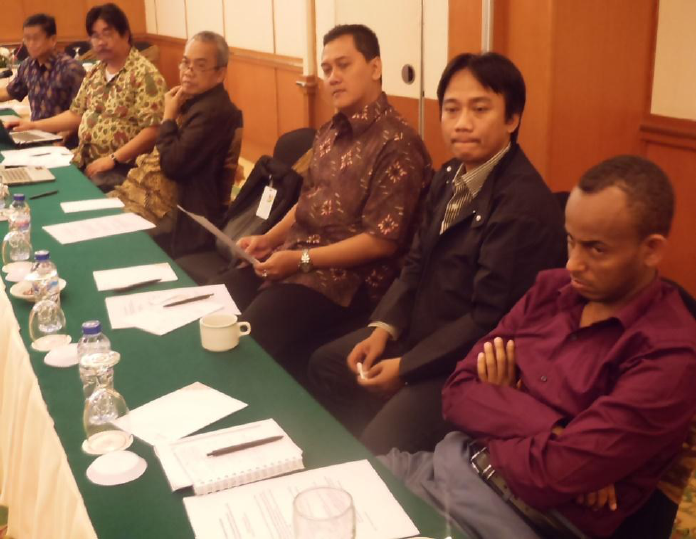
25
Presentation 2.
Lessons learned from REDD+ demonstration activity(DA) in Meru Betiri national park was
presented by Ari Wibowo. In the presentation the following issues are addressed:
International Guidance for DA (Indicative guidance for DA : Annex of Dec. 2 / CP. 13)
Challenges related to DA REDD+ in MBNP towards result based REDD
Potential of REDD+ projects & Summary of DA
Indonesian national standard (SNI): ANI 7878:2013: Implementation of DA REDD+
Community activities in REDD+ DA ( carbon accounting, analysis of land cover change)
Finally, the following lessons learned from DA REDD in Indonesia were presented:
DA REDD+ have been established representing various geographical/forest conditions,
with scope of FMU, District, Province,

26
A need for clear guidance for the future of DA, such as on Registry, Monitoring,
Reporting, Verification, contribution to national emission reduction, Incentive/Results
Based Payment
A need for more role of Government, to register, to provide media for communication,
finance scheme (carbon right and benefit sharing), and future direction.
Question and discussion:
Questions relating to right on carbon fund , potential markets , timber ,role of state in REDD+,
licensing ,Carbon rights, Benefit sharing, additionality, deforestation, Demonstration, safeguard
regulation were raised.
We did not know why it took us exactly five years for license. Only few licenses were
granted .May be Communication barrier ,Problem in concept translation .Many issues yet to
be addressed
Presentation 3.
In the presentation Mr. Stephen Devenish and Mr. August, GIZ FORCLIM, Indonesian-German
Forest and Climate Change Programme presented on Jurisdictional REDD+ approach in Berau
District. The presenter explained on forest and climate change Program Objective, Berau DAs,
Kapuas Hulu DA Candidates, Malinau DA Candidates, Overall Strategy, project components,
activities output, technical issues, Community Forest Management (CFM) Schemes, Berau
Quick Start Investments,activities, out puts, outcome, FPIC Processes, and impact.
Question and discussion:
Is Incentives before or after implementation, Prepayment? Investing on what modalities,
Where to invest – on land? Is REDD+ sustainable? Doubts? Challenges and solutions,
forest management model?
Running REDD+ is very difficult the Project embedded in the government system.
In Indonesia only one project is carbon credit. Licensing expensive and time consuming.
New centralized government. Let management of forests be in the hands of the
community. Activity based investment, REDD compliance. Compensation compliance.
We dot it parallel in both state and private land.
Will Poverty alleviation saves forests?
One with money can buy a car and drive into forests. Cooking on stove take women
time and save forests Consulting a challenge. So many fashions in forestry. There is no

27
single answer. Nobody has a good understanding of REDD. Non-governor here knows
fully about REDD.
Session three:
Presentation 1.
Henky Satrio Wibowo REDD+ Program Manager REDD+ presented on and Indigenous
Peoples in Indonesia. He presented on issue like Reality of Indonesia, four ancestral heritages,
problems face by indigenous people, constraints in implementing REDD+, problem and
complexity in REDD+( local and national), journey to today ,court ruling , customary forest vs.
state forest, strategy. Causes of indigenous people of Indonesia is not yet recognized, Stirio said
that adding his organization will use REDD+ as a vehicle to claim for the rights and benefits of
indigenous people .
Presentation 2.
REDD+ DEBATE(academic, investor), five cards, scale, reference, governance, fairness, natural
resources added value, and land tenure issues were discussed by Dr Martua. We call the process
preparedness, not readiness; he said and went on explaining their differences (see PPT).
Question and discussion:
Complexity of the problem, Exploitation of natural resources ,Over lapping policies/acts,
Conflict of interests, Absence of data, initiation of Prakarsa by REDD+ in consultation with
AMAN, tenure issue, Free and prior informed consent, Just Inform, Reform, security, indigenous
knowledge, clear policy, peace, who to lead Issues, Leakage in the fairness card, NGOS and
partners coordination were all talked about.
Power in Ethiopia is in the hands of regional states except in defense and international
relations.95% of the people have got land certificate. The government pays compensation
if it needs it for other purposes. If not he or she goes to the court. Farmers have the right to
use, heir or transfer the land but not to sell, He or she can sell the house but not the land,
Getting compensation for trees and crops for 10 years to the future, Husband and wife
relation and photo demanded in land certification, Indigenous people in Ethiopia are called
underserved people,

28
Different land tenure system between the two countries, Different context, Contract for 25
years, Communal land have certificates too. Forest law being revised.
Definition of indigenous people, Immigrants‟ rights, rule for certification, transition from
dictatorial to democratic government, NGOS bridging the gap.
Communicating REDD a bit harder, Communication before and after funding, Managing
expectation, and the government gives certificates
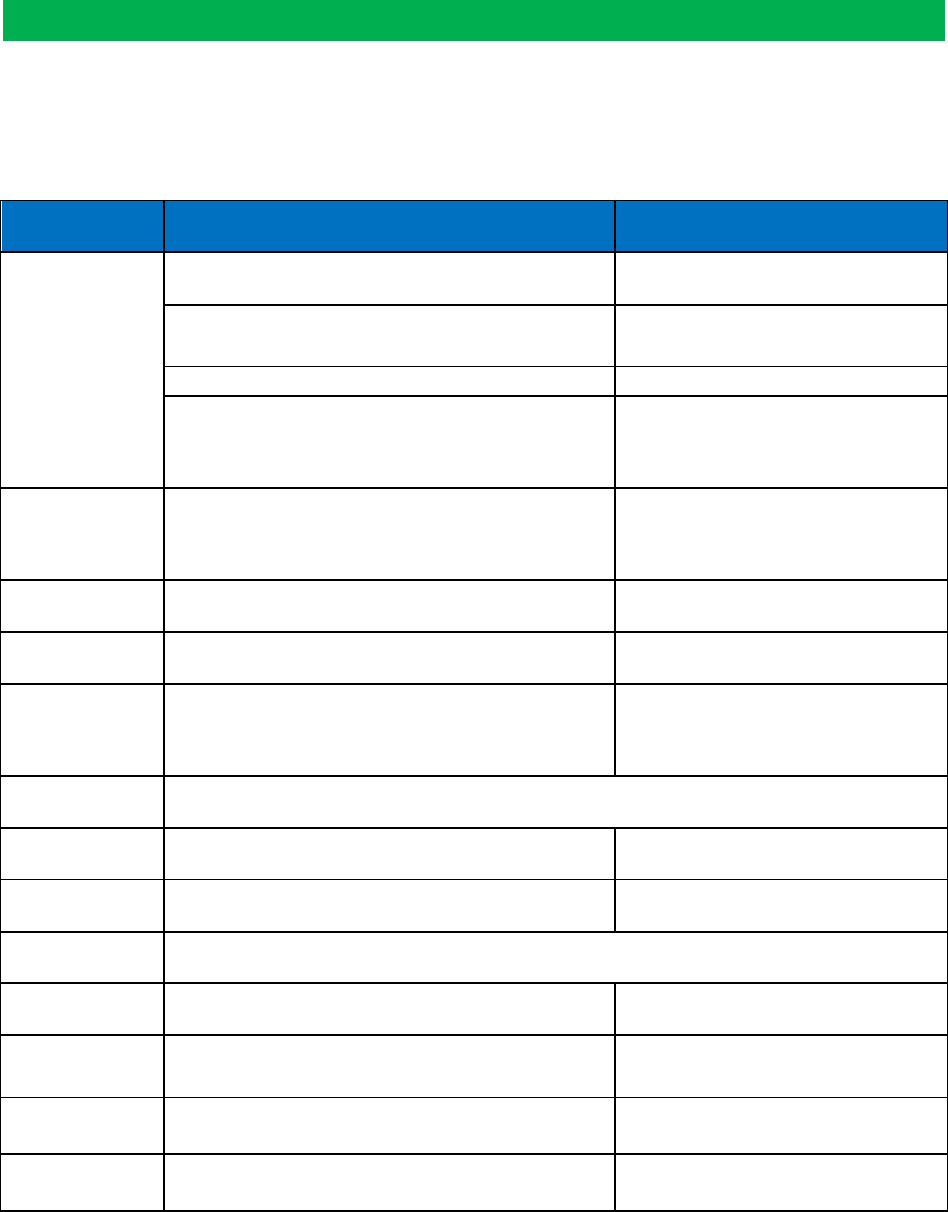
29
6. CIFOR Global Comparative study on REDD+, Bogor
Time
Title
Speaker
09:00 - 09:45
Welcome speech, and introduction to CIFOR
Peter Holmgren
Opening remarks from Ethiopian Delegation
H.E. KebedeYimam, State
Minister of the Forest Sector
Gift exchange
Overview of CIFOR‟s global comparative study
on REDD+
Christopher Martius
09:45 - 10:30
“The context of REDD+: Indonesia”
EfrianMuharrom
10:30-11:15
“REDD+ Policy networks in Indonesia”
Moira Moeliono
11:15-11:30
Coffee break
11:30-12:15
“Options and challenges for Benefit Sharing
Mechanisms in REDD+: a global perspective”
Cecilia Luttrell & Annie Yang
12:15-13:30
Launch
.
13:30-13:45
Daniel Cooney
13:45-15:00
“REDD+ Sub-national Initiatives”
William Sunderlin
15:00-15:15
Coffee break
15:15-16:00
Measuring carbon (title TBC)
Louis Verchot
16:00-16:45
“A study of participatory MRV in Indonesia –
preliminary results”
Manuel Boissiere
16:45-17:30
“INCAS – a case study on how to develop a
national level MRV system”
Tom Harvey
17:30 - 18:00
Wrap up & Discussions
Stibniati Atmadja & Habtemariam
Kassa
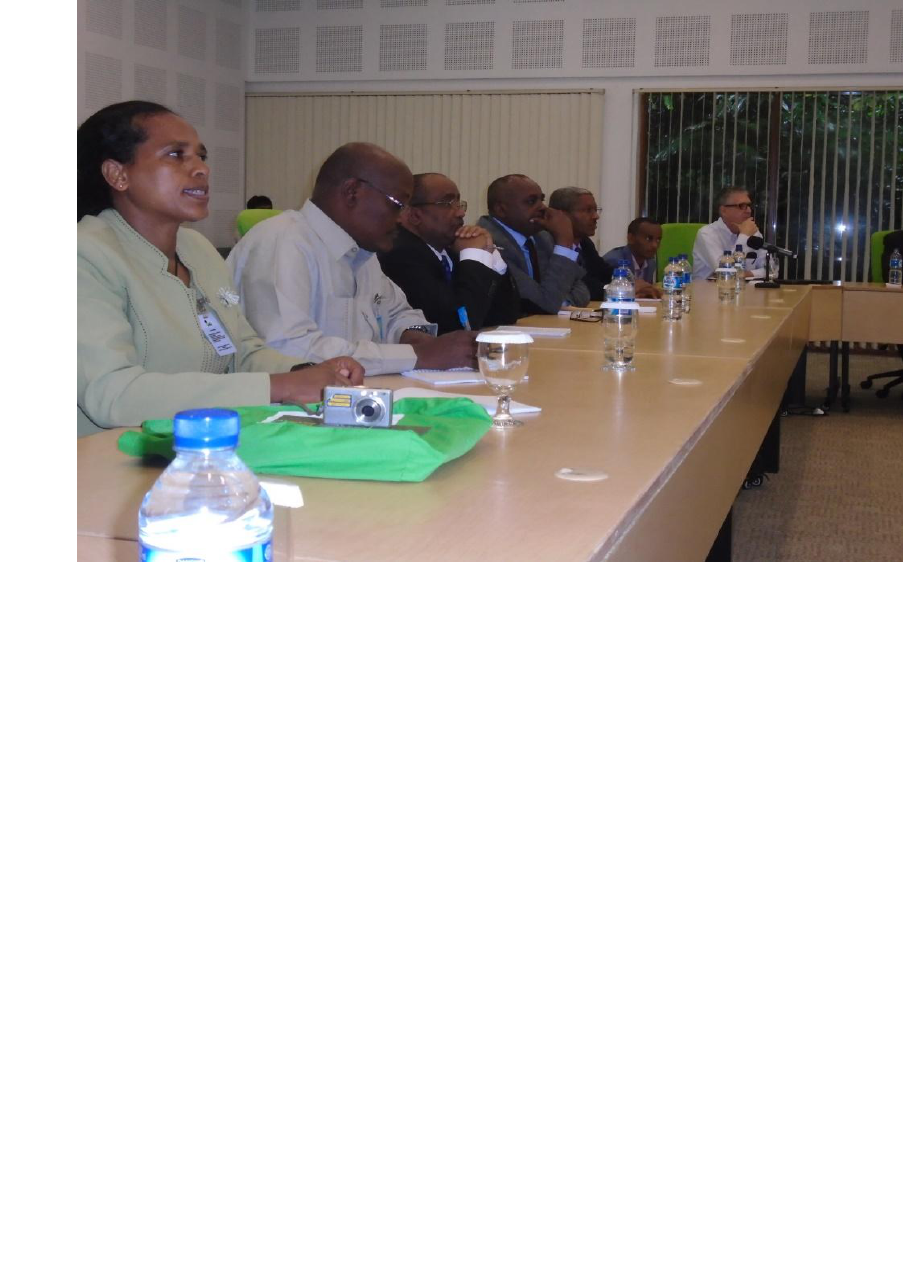
30
Picture . Workshop at CIFOR head office
Presentation 1.
Dr Christopher presented on Climate Change Research at CIFOR: the global comparative study
on REDD+. In his presentation he addressed issues such as : H
trees and agro-forestry for climate change mitigation
Enhancing climate change adaptation through forests, trees and agro-forestry mitigation
Understanding the role of forests, trees and agro-forestry in achieving synergies between
mitigation and adaptation
CIFOR global comparative study on REDD+
REDD+ strategies, polices, measures,
REDD+ sub-national initiatives,
Monitoring and Reference levels
Carbon management at landscape scale,
Presentation 2.
Dr Efrim presented on the context of REDD+ Indonesia. Her presentation focused on Analysis
of National REDD+ Policies and Processes, Indonesia's forest legal framework, Indonesia forest

31
area, Indonesia Forest loss and drivers. Deforestation cause is categorized into planned,
unplanned deforestation and underlying cause. Under planned deforestation conversion of forest
land into other land use like palm plantation, mining and infrastructure and under unplanned
deforestation illegal logging (degradation), Forest fires, Shifting cultivation, and under
underlying cause Political economy, trade, policies, population growth were identified.
Annual rate of deforestation and emission 2000 – 2012: 671,420 Ha/year; 213 tCO2e/year and
Annual rate of forest degradation and emission 2000 – 2012: 425,296 Ha/year, 56.4
MtCO2e/year.
She also briefly described Institutional Environment and Distributional Aspects and political
economy of Indonesia.
Presentation 3.
Moria presented on REDD+ Policy Networks in Indonesia. The presentation mainly addressed
REDD+ stakeholders and relationships, social and policy network analysis, policy network
analysis, and evaluation method of information exchange were presented.
Presentation 4.
Cecilia‟s and Annie presented on the concept of REDD+ benefit sharing mechanism by focusing
on Options and challenges for developing REDD+ benefit sharing mechanisms. The two
presenters explained further Opportunities and challenges to developing REDD+ benefit sharing
mechanisms, Benefits come with costs: net benefits are what matter importance of benefit
sharing, ' benefits ' and ' benefit sharing ', BSM, Global variation and similarities across BSMs,
Jurisdictional overlaps in Peru, The creation of new institutions, BSM Vietnam: Payment for
Forest Ecosystem services (PFES), REDD+ and PFES in Vietnam, Policy mix tradeoffs,
Command & control vs. PES: Brazil and Peru, Rationales on who should benefit, Benefits
should go to those actors achieving emission reductions, Clarifying objectives and authorities,
Legitimacy vs. urgency.
Presentation 5.
William D. Sunderlin presented on REDD+ sub-national initiatives. In the presentation the
following points were explained:

32
Location of sub-national initiatives study sites
tenure related issues
Scale of sub-national program
Presentation 6.
Louis Verchot, presented on Measurement, Reporting and Verification. Specifically MRV
Institutions(Capacity assessment, Why: Low institutional capacity), Emissions factors (Field
measurements, Literature synthesis), Reference emissions levels(Stepwise approach adapted to
data availability), Participatory measurement (Efficiency – accuracy tradeoffs, Community
ownership of actions).The presenter further explained on Category of drivers of deforestation,
category of forest degradation.
Presentation 7.
Dr manuel presented on Participatory MRV system. In his presentation he explained importance
of participating local community in MRV system specially in order to empowers local people,
Improve local livelihoods, Reduce forest degradation , Conserve biodiversity, Inform decision
making at local level, Provide data for national/international monitoring to own the REDD+ and
to get reliable information. He further explained method in engaging community in MRV
system.
Presntation7.
Indonesian National Carbon Accounting System was the last presentation by Thomas Harvey.
To better manage GHG emissions, countries first need to be able to measure their emissions.
Says Thomas Harvey. Indonesia need INCAS was significant for Credible information, to inform
sustainable land use Planning, to Inform the design, implementation and ongoing monitoring of
emissions reductions activities, track progress towards emissions reduction targets, as Basis for
GHG inventories & UNFCCC reporting, for Systematic and nationally consistent data
management system for the land sector, to Informing the design of REDD+ architecture (eg.REL
and selection of a suitable base year), as regulatory basis for future carbon markets, including
REDD+.

33
4. Lesson Learned
From the exposure visit the participants organized relevant lessons which can be adapted and
scaled up in the context of the country. The relevant experience compiled by the delegates are:
Forest definition of the country encompasses potential forest land but not currently under
forest. The definition is also important for Ethiopia to include the potential non forested
land to create new forest.
Forest classification of the country is based on function( conservation forest, Protection
forest, permanent production forest, limited production forest and others). In our case the
classification is based on forest vegetation type. If we adapt the forest classification
system based on function will have significant meaning to mange and utilize the forest in
a sustainable way.
Social forestry program followed by the country gave immense benefit to the country
forest conservation and enhancement since it involve local community in the village
forest program, and community plantation forest.
Community forest establishment were carried out on critical catchment area by
establishing village nursery on 50% of the total village of the country. delineation of
each community forest was made using Google earth. The strategy is also helpful for
rehabilitating and creating new forest on our degraded mountainous landscape.
In order to reduce forest degradation caused by fuel wood extraction Indonesia
established fuel wood plantation sites with a species that have short rotation period such
as Calliandera. In our case it is also good to have fuel wood plantation in addition to
dissemination of cook stove as a strategy to reduce degradation of forest.
In the Ministry of Environment and forest they have well organized data base
management system.
The REDD+ agency of Indonesia has established financing instrument called FREDDI.
This instrument will identify financial source from international and national source to
support the REDD+ process. Ethiopia should also strengthen the already established
CRGE facility and also forest carbon fund directorate of MEF.
Government of Indonesia provide ecosystem restoration concession for 35 years. this
practice also good to rehabilitate our degraded land.
34
Forest sector have national standards which prepare standard for forest product, and
services including data collection standard for MRV system.
To avoid forest fire problem Indonesia has forest fire monitoring system and to access
information about forest fire the country is working with NASA, WRI and other
organizations. This is also good to prevent forest fire caused by anthropogenic effect in
our large area of woodland.
Research, Universities and development institutions are working in collaboration.
Forests huge contribution to the GDP so working towards this important
Their Forest sample intensity for national forest inventory is revised regularly
They have institutional stability is crucial for sustainability of the forest resource of the
country
Their domain of forest land is clear and we should define our domain and embrace other
issues like terrain too
We need MRV system should be established for afforestation, degradation too
Presidential level committeemen they have
Funding diversification is necessary for REDD+ to accomplish the complex activities of
REDD+ as well as to support and solve problems related to forest sector
Collecting so many data during REDD+ process is important not only for REDD+ but
also for forest sector in general
Thinking REDD+ beyond carbon and working on the co- benefit of REDD+ will help for
sustainable management of the forest

35
Way forward and concluding Remarks
REDD+ Secretariat has organized this exposure visit with some objectives. Among these
objectives some important objectives are to smarten up REDD+ process in Ethiopia, and get
important lesson on forest governance system.
Scaling up is very crucial specially some of lessons listed above is vital. Initiating and preparing
working modalities with CIFOR is crucial for our forest sector success.
Finally, the overall field visit was highly satisfactory for the participants of exposure visit.
Based on this, we would like to express our gratitude for CIFOR and CIFOR staff members and
other partners for their helpful sharing of their experience and managing requirements during the
field visit. We would like also to express our gratefulness to Dr Nia from CIFOR for her effort
in arranging the visiting program with the above mentioned organizations. At the last but not
least, we would like to forward that, we are going to use the lessons learned from the visit in
Indonesia on REDD+ process and forest governance system in our new ministry according to
the modality and necessity of the lessons now and for the future.
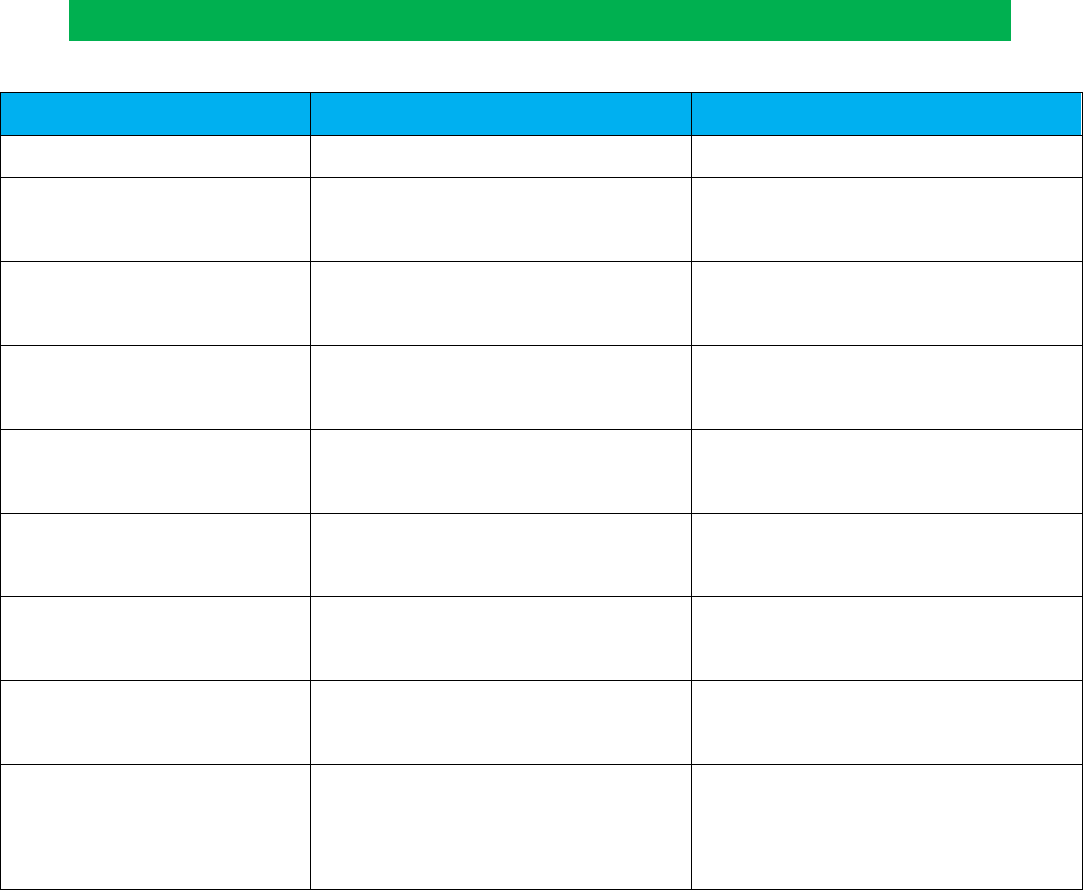
36
Annex I. delegate's list
NAME
INSTITUTION
POSITION
HE Ato Kebede Yimam
Ministry of Environment and Forest
State minster of Forest sector
Dr Yitebitu Moges Abebe
Ministry of Environment and Forest,
National REDD+ Secretariat
Coordinator of National REDD+
Secretariat
Ato Eyob Tenkir Shikur
Minster of Environment and Forest,
national REDD+ secretariat
National REDD+ Environmental
Safeguard Specialist
HE Ahmed Nasser Ahmed
Benshangule Gumuz Regional State
Administrative Office
President of the regional state
Ato Didha Dirriba Ayane
Oromia Forest and wild Life
Enterprise
Director General
Ato Semma Tiruneh
Shiferaw
Amhara Regional State
Advisor of Amhara Regional State
Ato Shumye Alemu Dessie
Amhara Regional State Agricultural
Bureau
Vice Head of the Agricultural Bureau
Ato Getachew Shiferaw
Woldeab
Ministry of Environment and Forest,
National REDD+ Secretariat
National REDD+ Communication
Specialist
Dr Yigardu Mulatu Mngesha
Ministry of Environment and Forest,
Environment & Forestry Research
Institute
Senior Researcher
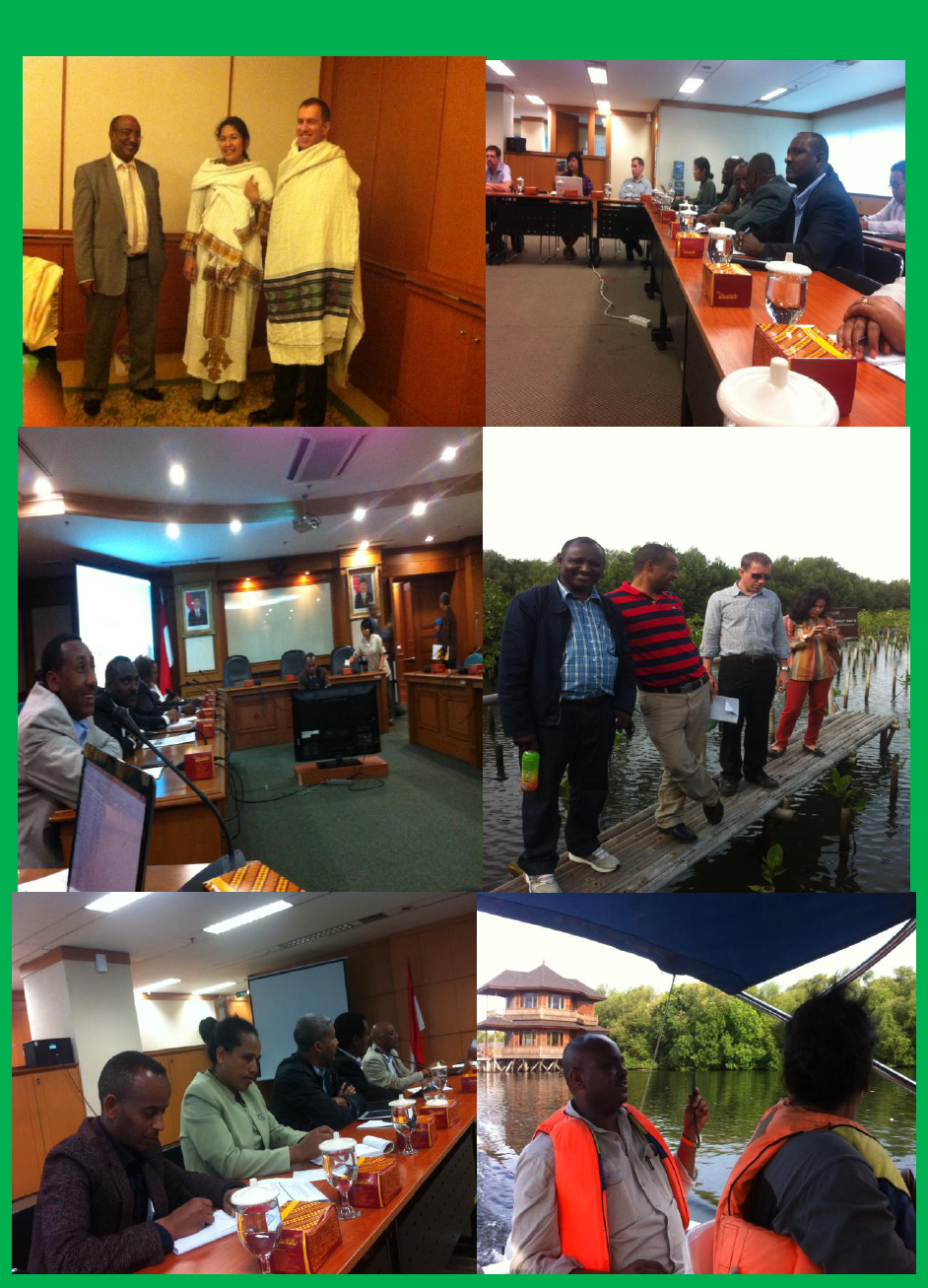
37
Annex II. Pictures

38
